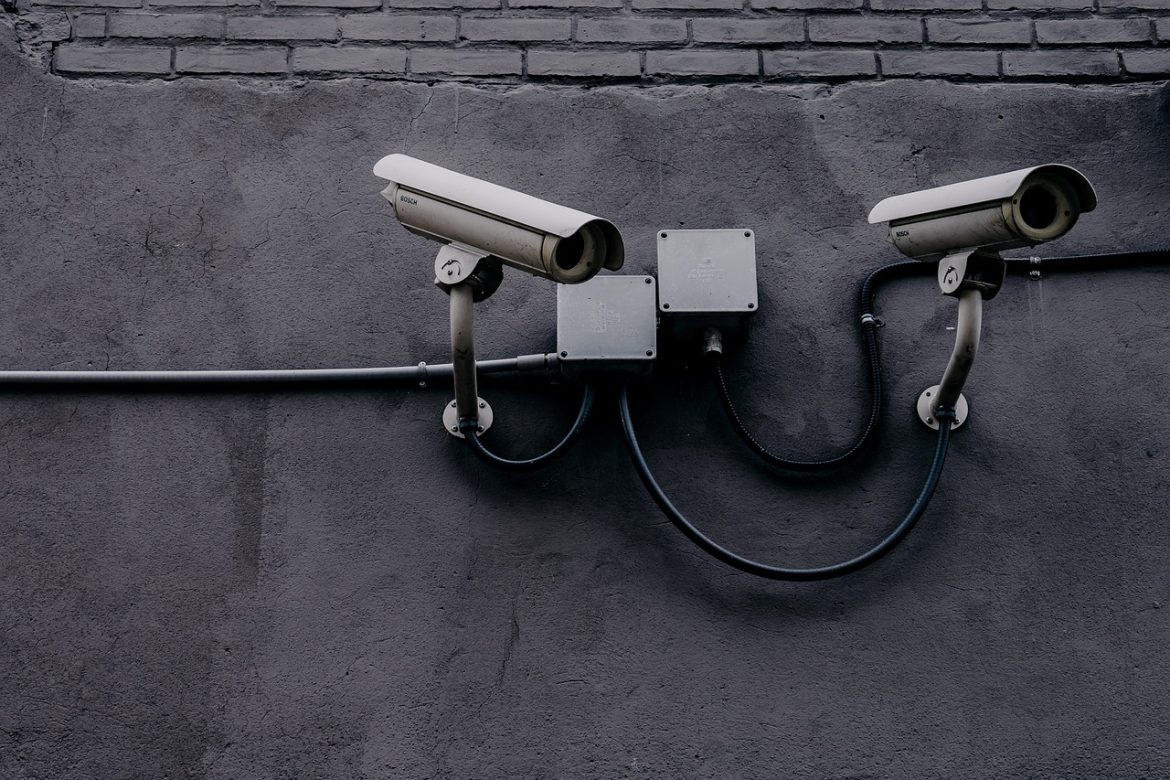Table of Contents
Choosing the right compact security camera for your home protection needs can be overwhelming. This guide offers detailed insights into key features, types, and considerations to help you make an informed decision easily.
Understanding Your Security Needs
Before buying a compact security camera, it’s imperative to assess your security needs. Determine which areas of your home you wish to monitor. Are you looking to secure the front door, back yard, or perhaps the garage? Knowing your surveillance zones will help narrow down camera choices.
Resolution and Image Quality
The resolution of the camera is one of the most important factors to consider. Higher resolution cameras provide clearer, more detailed images, which are crucial for identifying intruders. Most compact security cameras offer at least 1080p Full HD resolution, but you can also find models with 2K or even 4K resolution for superior image quality. Crisp images can help in recognizing faces and license plates, providing a more secure home environment. Additionally, consider the camera’s frame rate; a higher frame rate means smoother video playback. Image quality is also influenced by the camera&8217;s sensor and lens, so look for models with advanced imaging technology for the best performance.
Connectivity Options
When it comes to connectivity, compact security cameras generally offer either wired or wireless options. Wireless cameras utilize Wi-Fi, making them easier to install and relocate. However, they depend on your Wi-Fi network’s strength and reliability. Wired cameras might require a more elaborate setup but provide a more stable connection without the risk of Wi-Fi interference. Additionally, some cameras come with cellular connectivity, which can be beneficial in areas with poor Wi-Fi coverage. Many modern security cameras are compatible with smart home systems, allowing you to control them via mobile apps. Assess your home’s connectivity infrastructure before making a decision.
Storage Solutions
Storage is a critical aspect of any security camera system. Compact cameras typically offer two types of storage solutions: local and cloud-based. Local storage options include microSD cards, which are convenient but may fill up quickly, requiring frequent manual management. On the other hand, cloud storage offers a seamless way to access your footage remotely, though it often comes with a subscription fee. Some cameras offer hybrid solutions, providing both local and cloud storage for added security. Consider the amount of footage you plan to store and your budget when choosing a storage solution. Ensure that the storage meets your requirements without compromising on accessibility.
Night Vision and Low Light Performance
A security camera’s effectiveness should not diminish with the setting sun. Night vision is an essential feature for monitoring your home during low-light conditions. Cameras equipped with infrared LEDs can illuminate dark areas, allowing you to get a clear view in complete darkness. Some advanced models offer color night vision through additional lighting or more sophisticated sensors, providing even more detailed imagery at night. Additionally, low-light performance is also influenced by the camera’s aperture and sensor size. Cameras capable of handling low-light conditions effectively ensure uninterrupted surveillance, contributing significantly to the overall security of your home.
Motion Detection and Alerts
Motion detection is a critical feature for any security camera, as it minimizes unnecessary footage and alerts you to any activity around your home. Advanced cameras come equipped with PIR (Passive Infrared) sensors that detect body heat, reducing false alarms triggered by moving objects like trees or pets. Some cameras also feature AI-based motion detection, which can distinguish between humans, animals, and vehicles. Customizable motion zones allow you to specify which areas should trigger alerts, providing more control over your security system. Real-time alerts sent to your phone ensure that you are immediately informed of any unusual activity, enabling quick action.
Power Supply and Backup Options
Understanding the power supply options for your security camera is crucial for uninterrupted surveillance. Compact security cameras are generally powered through AC adapters, batteries, or solar panels. Battery-powered models offer flexibility in placement but require regular charging or battery replacements. Solar-powered cameras provide an eco-friendly and low-maintenance option, ideal for outdoor use. It’s also wise to consider models with built-in battery backups to ensure continuous operation during power outages. A reliable power supply means that your security system remains functional at all times, which is essential for maintaining the safety of your home.
Conclusion
In conclusion, selecting the ideal compact security camera for home protection involves a careful evaluation of various factors, including your specific security needs, resolution, connectivity options, storage solutions, night vision capabilities, motion detection features, and power supply options. Investing time in assessing each of these aspects ensures that you choose a camera that meets your requirements, provides reliable performance, and enhances the safety of your home. By prioritizing these key features and understanding their importance, you can make an informed decision that offers peace of mind and a higher level of security for your household. Remember, the right compact security camera can significantly contribute to safeguarding your home and loved ones.

